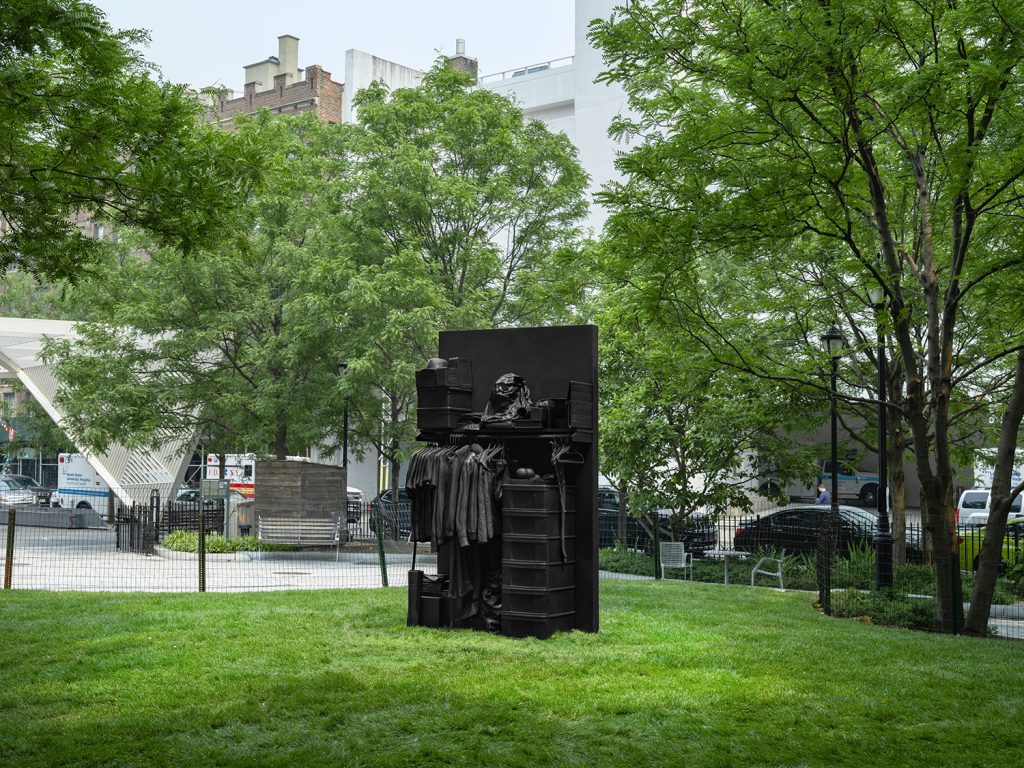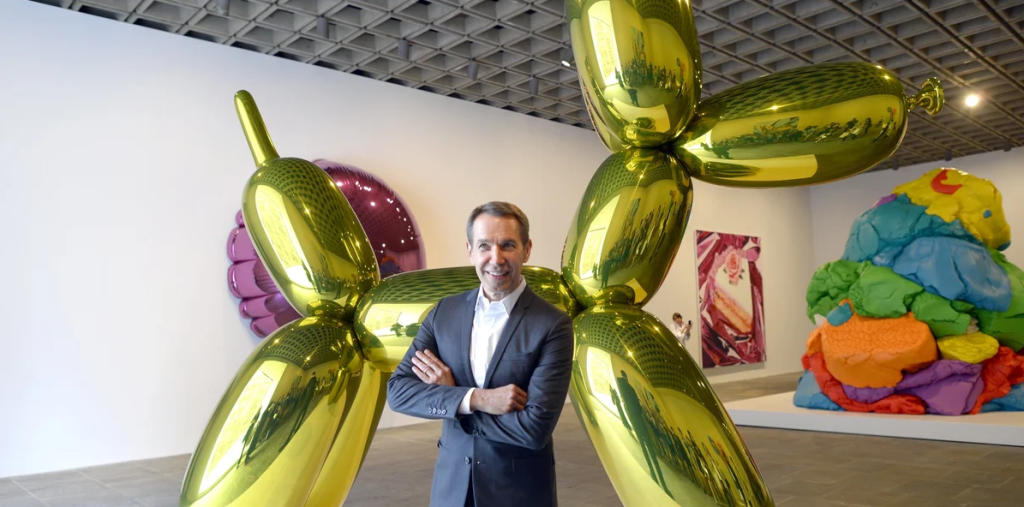Introduction
Alec Monopoly is a renowned street artist. His vibrant artworks contrast sharply with the infamous legacy of Bernie Madoff. Madoff’s financial fraud caused immense suffering. Meanwhile, Monopoly’s art celebrates themes of wealth and pop culture. This stark contrast captivates audiences.
The Artist Behind the Name
Alec Monopoly operates under a pseudonym. He keeps his true identity private, adding to his mystique. His art often features the Monopoly Man. This character symbolizes wealth and capitalism, feeding into Monopoly’s playful critique of the financial world.
Colorful Themes
Monopoly’s works burst with color. He uses bright hues and dynamic imagery. His graffiti-style art often includes elements like money, luxury brands, and pop icons. Each piece draws viewers into a vibrant, exaggerated world of prosperity and excess.
Critique of Wealth
While Monopoly’s art seems light-hearted, it carries deeper messages. He often critiques the obsession with wealth and success. By portraying the Monopoly Man in exaggerated scenarios, he invites reflection on the moral implications of capitalism. This contrasts sharply with Madoff’s legacy of greed and betrayal.
The Madoff Legacy
Bernie Madoff’s Ponzi scheme caused significant financial ruin. Thousands lost their life savings. His name became synonymous with fraud and deceit. Whereas Monopoly’s works are celebratory, Madoff’s legacy is a cautionary tale.
Public Reception
Alec Monopoly has gained global recognition. His murals adorn city streets and galleries worldwide. Fans appreciate his playful yet critical approach to societal norms. In contrast, Madoff remains a figure of infamy.
Conclusion
Alec Monopoly’s art stands as a colorful antidote to Bernie Madoff’s dark legacy. While Madoff symbolizes deceit and ruin, Monopoly’s vibrant pieces celebrate life and capitalism’s quirks. This contrast not only engages viewers but also sparks essential conversations about wealth and morality. In an era of uncertainty, Monopoly’s art reminds us to find joy amid chaos.


